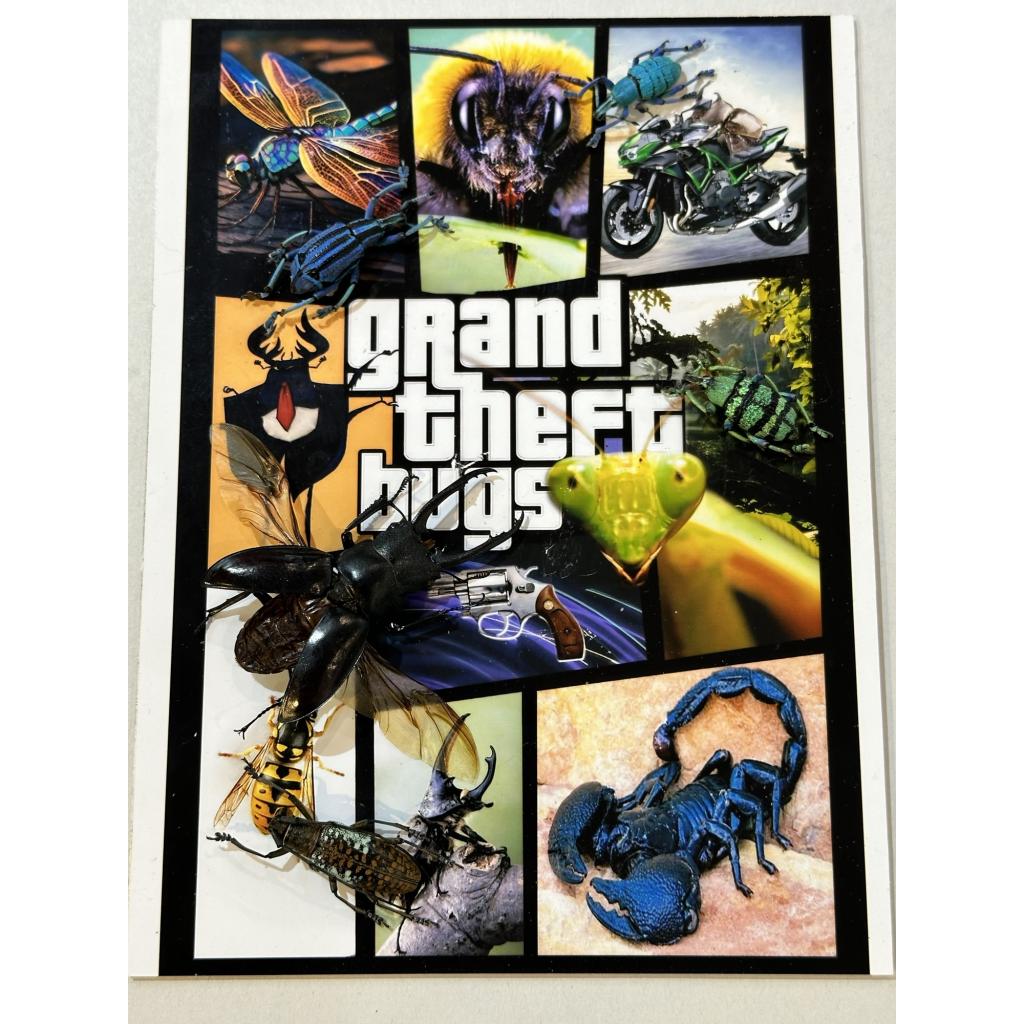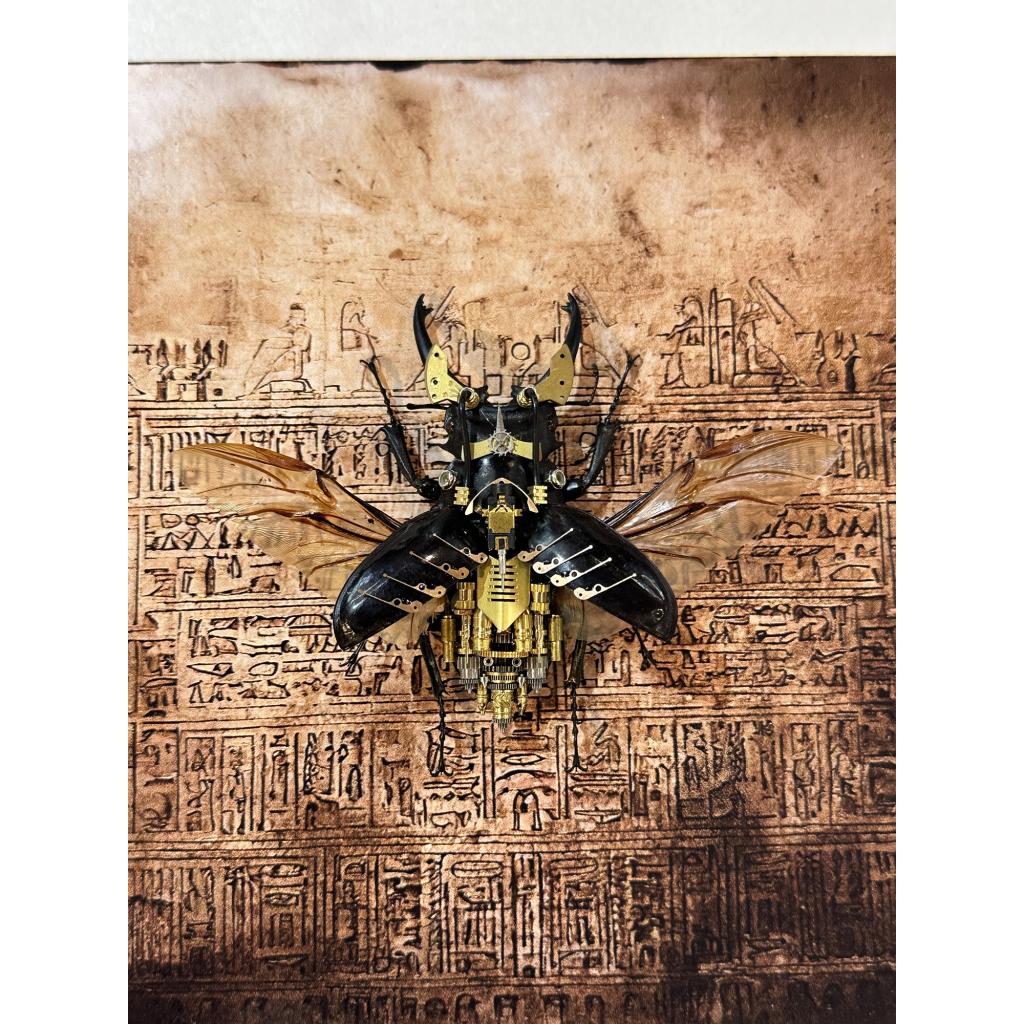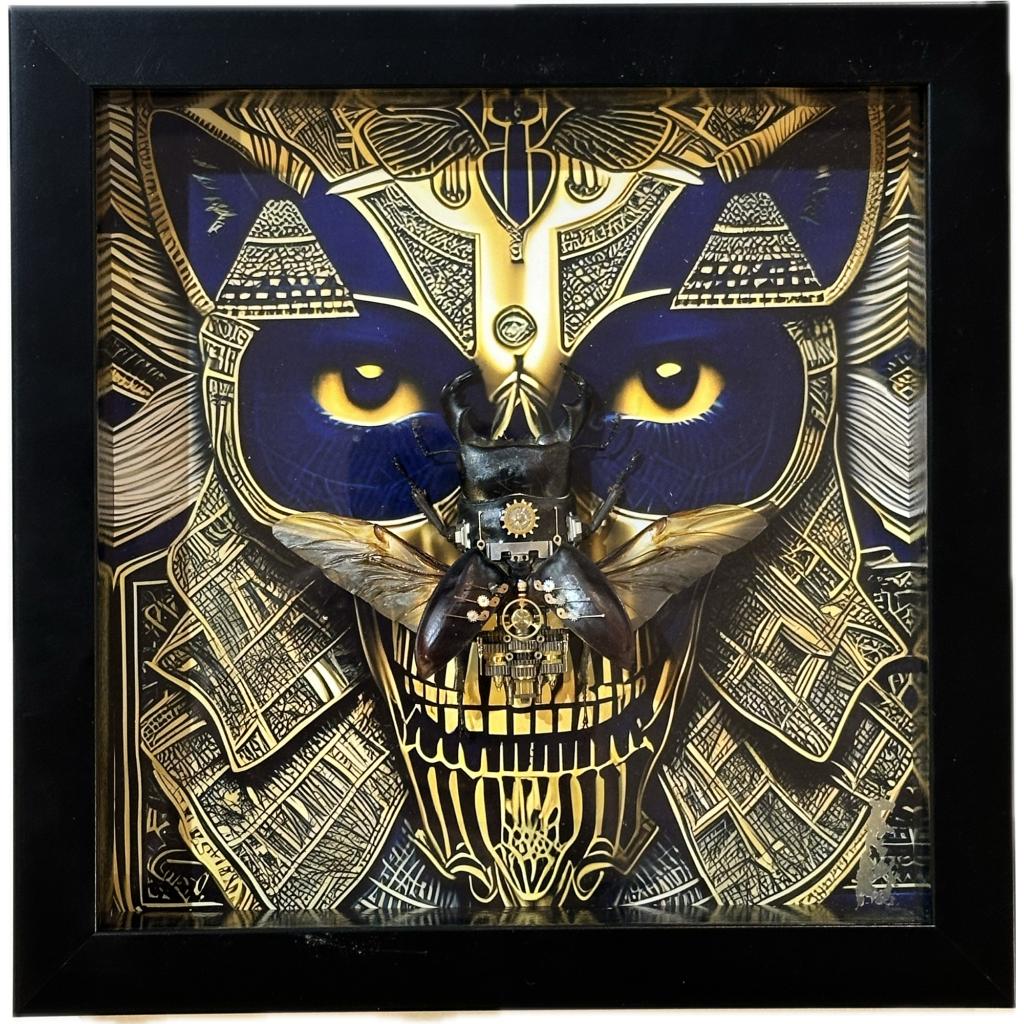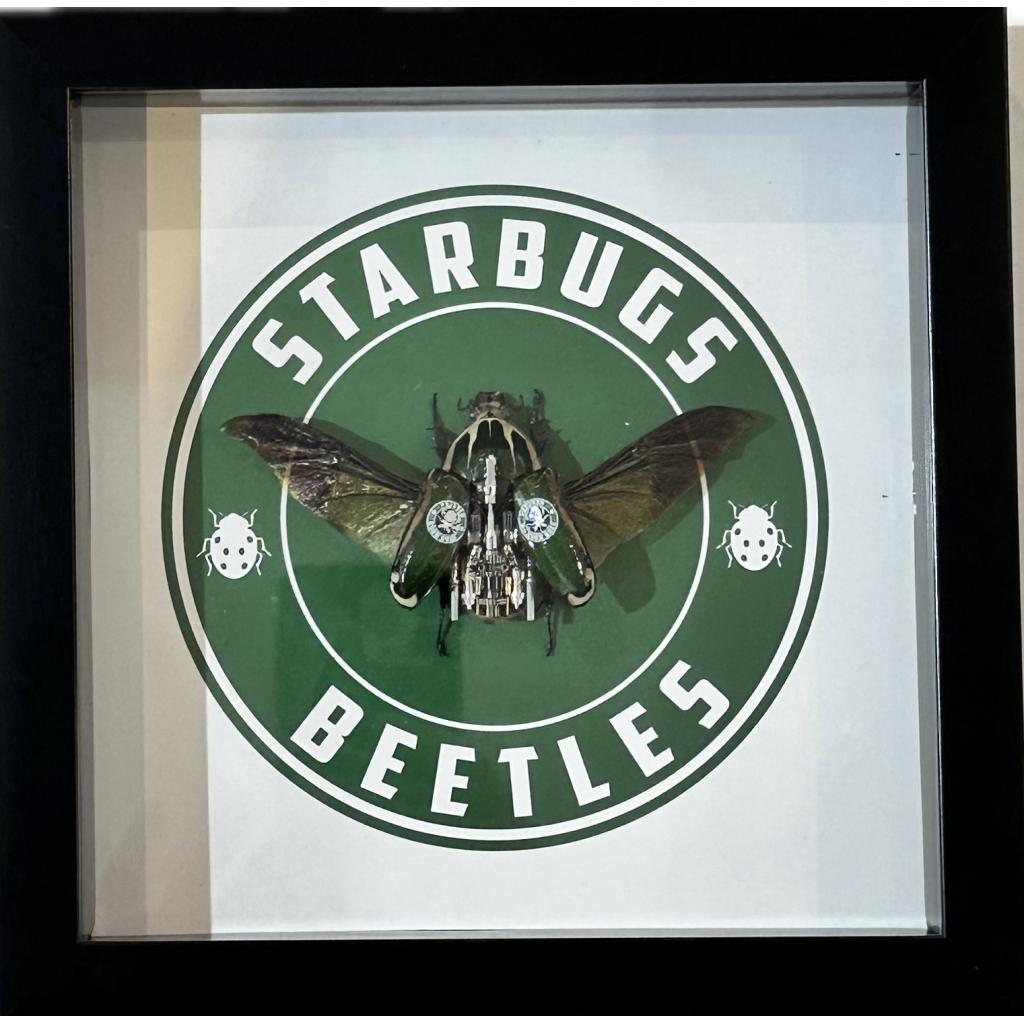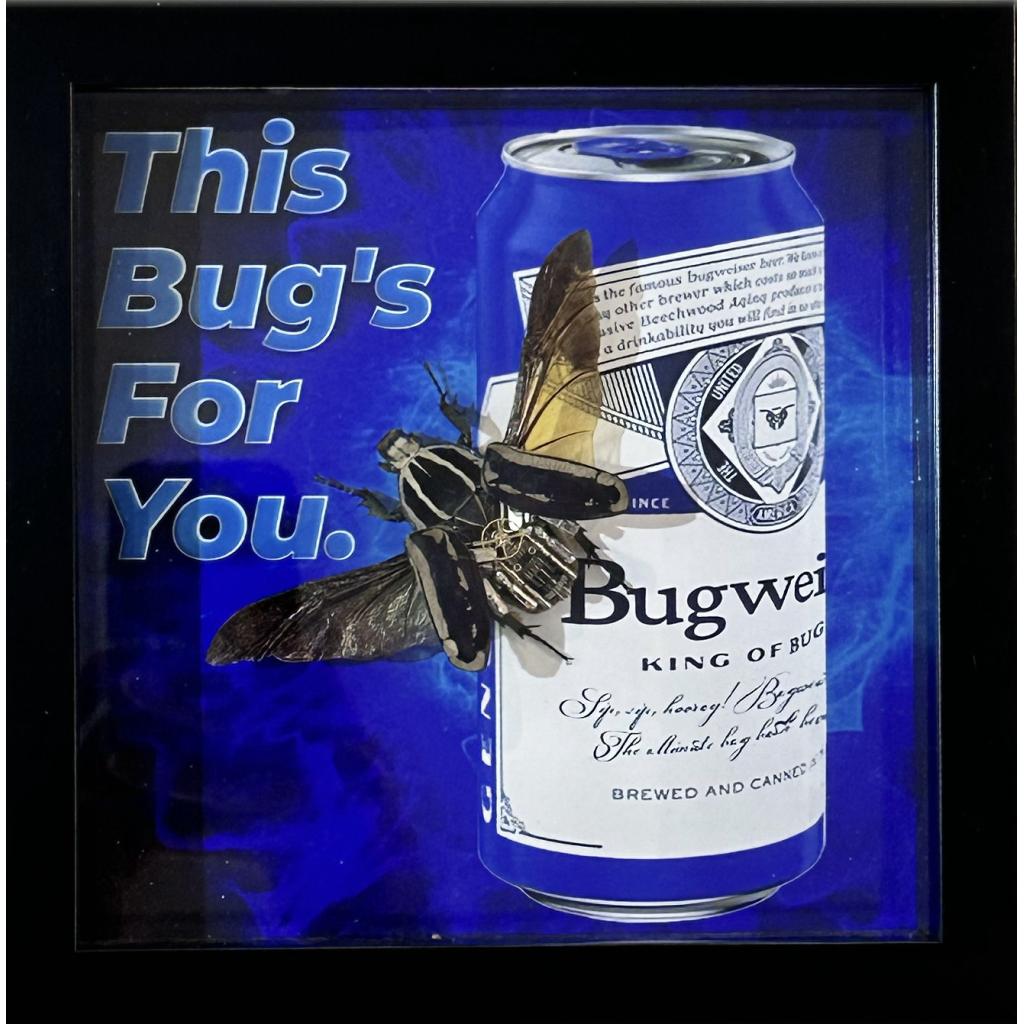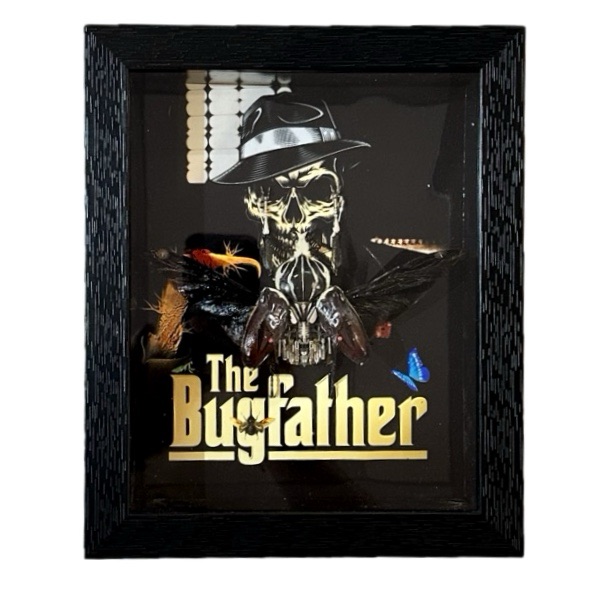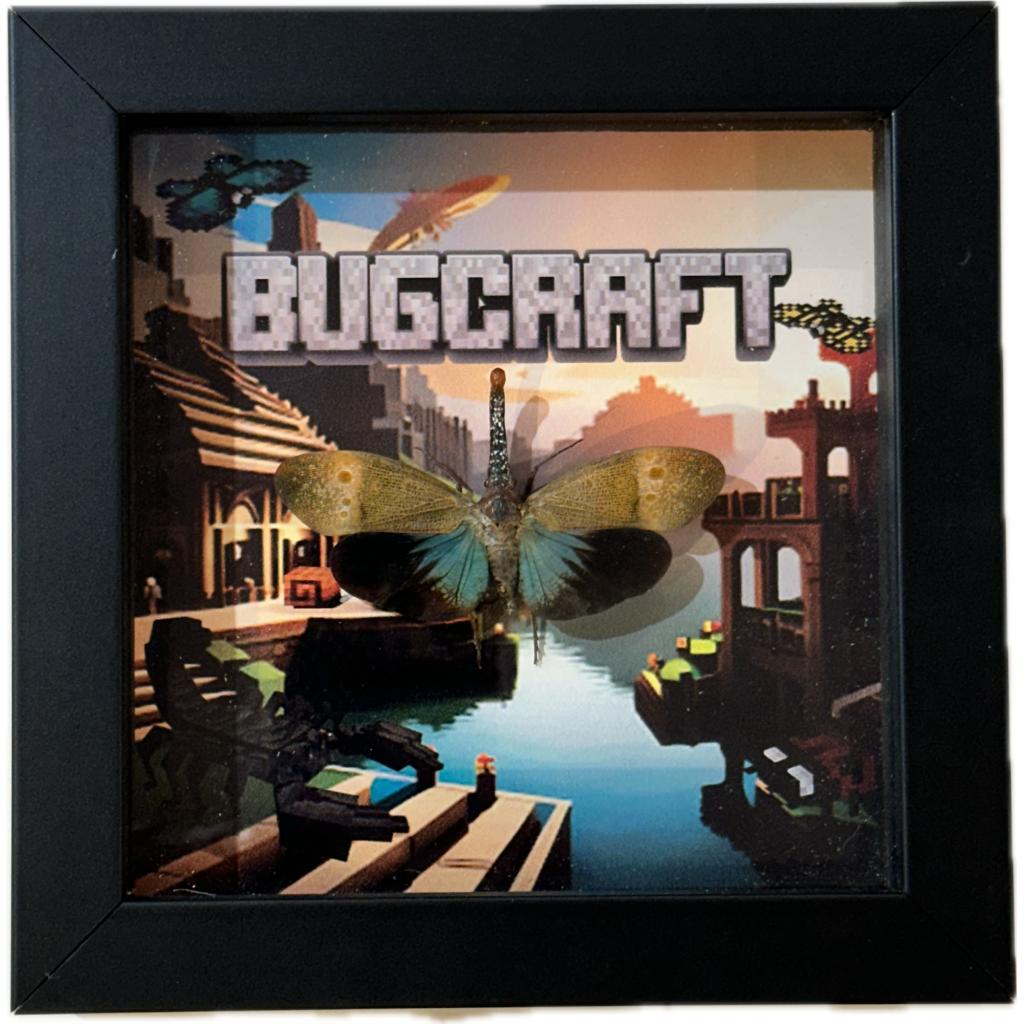
The convergence of Pop Art and Steampunk art has given rise to a unique and visually captivating genre that incorporates unconventional elements, such as real insects, into its compositions. This eclectic blend traces its roots to the mid-20th century, with Pop Art emerging as a rebellious response to the elitism of traditional art, and Steampunk drawing inspiration from the Victorian era’s industrial revolution. Together, they create a harmonious yet unexpected canvas, pushing the boundaries of artistic expression.
Pop Art Revolution:
Pop Art emerged in the 1950s as a rebellion against the abstract expressionism dominating the art scene. Artists like Andy Warhol, Roy Lichtenstein, and Claes Oldenburg sought to bridge the gap between high and popular culture, bringing everyday objects and imagery into the realm of fine art. This movement embraced mass production, consumerism, and popular media as valid artistic subjects, challenging conventional notions of what constituted “serious” art.
The vibrant and bold aesthetic of Pop Art often employs bright colors, bold outlines, and a sense of repetition. Iconic images of celebrities, consumer products, and comic book characters became central motifs, creating a visually striking and accessible form of expression. The use of everyday objects as artistic elements served to democratize art, making it relatable to a broader audience.
Steampunk Aesthetics:
In contrast, Steampunk originated in the 1980s as a literary genre before expanding into visual arts, fashion, and design. Inspired by the Victorian era’s steam-powered technology and the speculative fiction of authors like Jules Verne and H.G. Wells, Steampunk combines elements of 19th-century machinery with futuristic and fantastical elements. Brass, copper, leather, and clockwork mechanisms define its aesthetic, creating a distinct blend of the old and the new.
Steampunk’s imaginative world often incorporates airships, elaborate gadgets, and a fascination with the mechanical intricacies of the industrial age. The genre thrives on the juxtaposition of historical elements with futuristic twists, celebrating the craftsmanship and aesthetics of a bygone era while embracing the imaginative possibilities of speculative fiction.
The Fusion: Real Insects as Artistic Elements:
The fusion of Pop Art and Steampunk aesthetics introduces an unexpected and daring element: the use of real insects in artistic compositions. This unconventional choice challenges traditional notions of beauty and aesthetics, inviting viewers to reconsider their preconceptions and engage with the artwork on a visceral level.
Incorporating real insects into these artworks adds a layer of complexity, symbolism, and intrigue. The use of insects, often delicate and intricate in structure, mirrors the attention to detail seen in Steampunk creations. Beetles, butterflies, and other insects become the gears and cogs of this artistic machinery, blending seamlessly with the vibrant colors and bold outlines characteristic of Pop Art.
Symbolism in Insect-Inspired Art:
The use of real insects in Pop Art-Steampunk fusion pieces introduces symbolic depth. Insects, with their associations of metamorphosis, fragility, and industriousness, add layers of meaning to the artworks. Butterflies, for instance, symbolize transformation and rebirth, echoing the ever-evolving nature of art and culture.
The inclusion of insects also sparks conversations about the environment, biodiversity, and the delicate balance of ecosystems. This unexpected choice challenges viewers to confront their perceptions of beauty and reconsider the boundaries between the natural world and human-made creations.
Conclusion:
The convergence of Pop Art and Steampunk aesthetics, coupled with the incorporation of real insects, represents a bold and innovative approach to artistic expression. This fusion challenges traditional norms, inviting viewers to explore the intersection of high and popular culture, past and future, and the natural and artificial. As artists continue to push boundaries and experiment with unconventional materials, the legacy of this unique genre will undoubtedly leave an indelible mark on the ever-evolving landscape of contemporary art.
